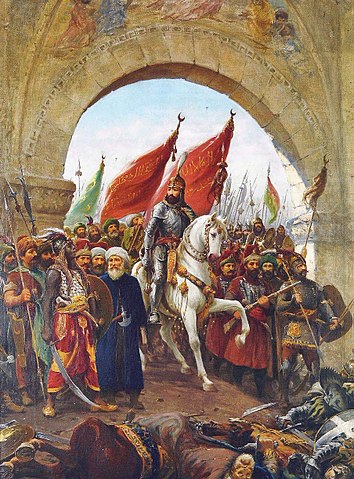
| Date | 29th of May, 1453 |
| Further Reading | The 3 Ways The French Revolution Changed The World |
There are only a handful of events in history that firmly changed the world forever. One of these events was the fall of Constantinople in 1453. At its peak, the siege of Constantinople consisted of over 300,000 troops. This massive event forever changed history due to 4 major reasons.
Today we remember the fall of Constantinople as changing history in 4 major ways. First, the siege of Constantinople demonstrated the power of large cannons to topple medieval defenses. Second, after the city fell to the Ottomans fleeing Byzantine scholars migrated to Italy and helped jumpstart the Renaissance. Third, after the fall of Constantinople the Ottoman Empire would enter into a golden era that still impacts us today. Fourth, the fall of Constantinople directly led to the discovery of the Americas.
When Constantinople fell in 1453 the entire western world was shocked. Many people thought the Byzantine empire to be unbeatable and when the news came that the city fell much of the western world entered into a period of mourning. As a result of this Pope Pius II in 1460 attempted to organize a crusade to retake Constantinople but this never got any traction.
Here at The History Ace, I aim to explain advanced history concepts in easy-to-understand ways. If at the end you liked this article then consider subscribing to the free newsletter and sharing around the web.
Without further ado, here is exactly how the fall of Constantinople in 1453 forever changed history.
The Fall of Constantinople Changed History by Demonstrating the Power of Large Cannons to Break Medieval Walls
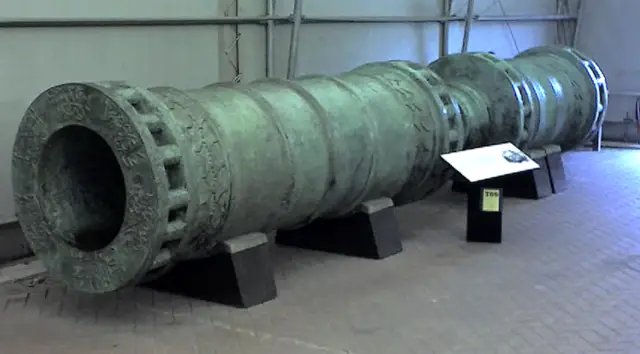
One of the main reasons why the fall of Constantinople forever changed history was because it firmly demonstrated the power of large cannons.
Up until the 15th century medieval Europe would build up large walls around their capital cities. In order to capture the city the walls would have to be scaled or destroyed. Any attacker that attempted to take the city would have to work incredibly hard to even have a chance. This was because walls were extremely effective against any invading force.
Medieval walls were so effective that when an invading army would show up the city would just retreat within the walls and wait for help to arrive. This was a major problem for any attacking army and as such long prolonged sieges that ended without any side winning were common in Medieval Europe. This would forever change with the fall of Constantinople in 1453.
In 1444 Sultan Mehmed II came to rule the Ottoman Empire at the age of 19. The Byzantine Empire thought that Mehmed II would never be able to organize an army to take Constantinople due to the massive amount of defenses. They were wrong.
In secret Mehmed II started to order his foundries to cast oversized cannons. The Byzantine Empire had information on these new cannons but did not think their range was far enough to hit the walls or do any damage. Mehmed II would have in total around 60 cannons made that could hurl a 500 lb cannon ball close to a mile.
With these massive cannons, the Byzantine walls suddenly were no match. Now Mehmed II could sit back with his army and bombard Constantinople nonstop until the walls and defenders were weak enough to attack.
After the fall of Constantinople in 1453, all other European cities and kingdoms began to fear the Ottoman Empire’s cannons. After the fall of Constantinople, nearly every other major European power began to build massive cannons of their own.
As such, the fall of Constantinople in 1453 marks a major turning point in history. Before this point cannons were used for personal defense and small skirmishes, after Constantinople cannons were now used to break through previously impenetrable walls. When asked “why don’t we build large medieval walls today” the answer is Constantinople in 1453.
The Fall of Constantinople Jump Started the Renaissance
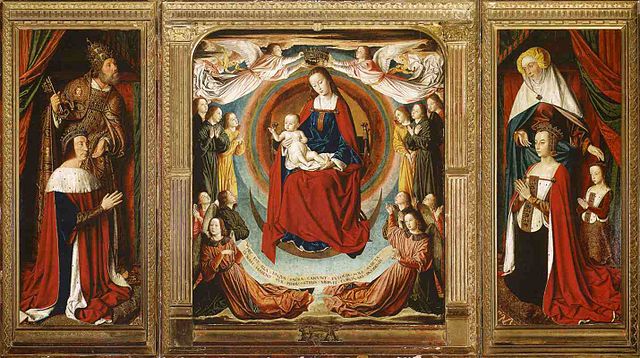
Another reason why the fall of Constantinople changed history forever is that it helped to jumpstart the renaissance.
When Constantinople fell in 1453, scholars fled the city with massive amounts of ancient Roman and Greek texts. These scholars would migrate west to the cities of Paris, Rome, and Florence. Here with their ancient texts, these scholars would help to jumpstart the Renaissance.
This migration period of scholars leaving Constantinople started as soon as the city fell in 1453 and continued up until 1480. These Greek scholars were trained in the ancient Greek texts of philosophy and science. When the scholars landed in Europe they brought these disciplines and helped to create the Humanism movent of the early 16th century.
There are several major names that came out of these refugees fleeing from the Ottoman Empire. One of the largest scholars of this movement was John Argyropoulos. This scholar taught in Florence and Rome from 1456-1487 and directly helped create the Renaissance movement.
This just goes to show how the fall of Constantinople changed history forever. Not all Greek scholars would flee from the Ottoman Empire, those who stayed ended up becoming advisors to the Ottoman rulers and served in very high positions within the Ottoman State.
However, this migration of Greek scholars directly contributed to the flow of ancient Greek knowledge. It was this introduction of ancient Greek knowledge that led to a revival in the study of science, mathematics, and history. Today we call this the renaissance.
Without the fall of Constantinople in 1453, there would not have been a flowing of ancient knowledge from the East to the West. This would have significantly reduced the impact of the Renaissance movement of the 15th-16th century.
After the Fall of Constantinople the Ottoman Empire Would Enter Into a Golden Age
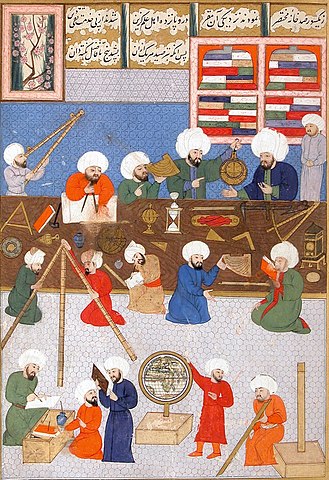
The other major reason why the fall of Constantinople forever changed history was that it unified the Ottoman Empire and created a golden age that lasted for over 100 years.
Once Constantinople was conquered by Mehmed II the Ottoman Empire began to consolidate control over its territories and provinces. The new capital was moved to Constantinople and trade began to flourish. With this increase in prosperity came a large investment in the arts and sciences.
One of the main reasons why the Ottoman Empire became so powerful and economically strong was because they held control over nearly all trade coming from the far east. Places such as China, India, and Japan all had to engage with the Ottoman Empire in order to conduct trade with the European kingdoms.
On top of the culture, economy, and technology improving the Ottoman Empire saw a series of extremely intelligent and efficient Sultans who proved to be capable managers. Over the next 100 years, the Ottoman Empire would significantly expand its territory and trade networks.
Out of all of these Sultans, the most famous would be Suleiman the Magnificent who ruled from 1520-1566. During this time Sulta Suleiman used the Ottoman Empire’s massive resources to create large sweeping changes to societal, judicial, and academic sectors.
Today many of the changes of this peak of the Ottoman Empire have come to influence Western society. One example of this is that the Ottoman Empire instituted a single legal code that many of today’s constitutions are heavily influenced by.
Simply put, without the fall of Constantinople in 1453, we might not have seen the Ottoman Empire reach its golden age of expansion and reform. This forever changed history.
The Fall of Constantinople in 1453 Directly Led to the Discovery of the Americas
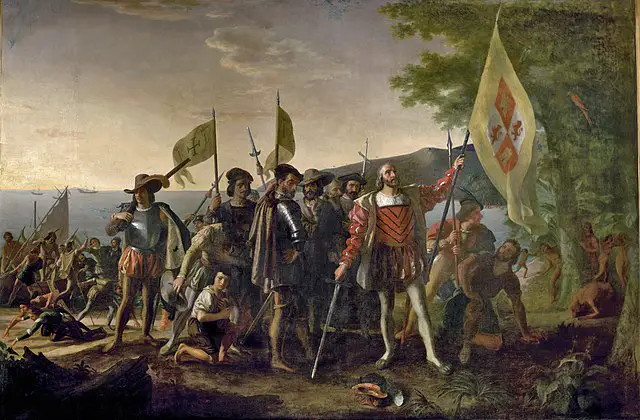
Once Constantinople fell in 1453 the western world was changed forever. For nearly 1,000 years the Byzantine Empire controlled and managed trade between the Christian kingdoms of Europe and the eastern world. However, this changed forever once the Byzantine Empire was destroyed.
In 1453 the Ottoman Empire took control of the city of Constantinople and began to control trade between the east and the west. For nearly 30 years this made the Ottoman Empire significantly wealthy as the Christian kingdoms of Europe had no other option but to trade through Ottoman-held markets.
However, in 1492 the city of Granada in Spain fell to Spanish conquistadors. Now the Spanish throne was capable of investing in expeditions to find another way around the Mediterranean sea to trade with India. This would save a significant amount of money as then Spain would not have to pay the Ottomans to engage in trade.
In 1492 Spain sent Christopher Columbus on a voyage out into the Atlantic Ocean to find out if it was possible to sail around the world to get to India. As we all know Columbus’s voyage would eventually find land but it was not India, instead Columbus found several small islands that today are part of the Caribbean Sea.
This discovery of a ‘new world’ captivated the European monarchs. Spain instantly declared that all land found west of the Atlantic belonged to them and started to send fleets of ships to find valuable minerals. The rest is history.
However, this age of discovery would have been impossible had the Ottoman Empire not taken Constantinople in 1453. Because of this, there was no incentive for Spain to send a ship west to see if they can find a way to trade with India that was cheaper.
Conclusion
There you have it; an entire article on how the fall of Constantinople in 1453 forever changed history.
Many people are not aware of just how important this single event was in history. This siege sent shockwaves around the world and impacted nearly every society. If this siege never happened then chances are our modern world would look completely different. Any potential students of history will find substantial amounts of potential research topics when looking at the Ottoman Empire’s golden age.
Here at TheHistoryAce, I publish the best history articles on the internet. It is my goal to make these articles as informative and easy to read as possible while also tackling hard history questions and topics. If you liked this article then consider subscribing to the free newsletter and sharing it around the web.
Further, you can check out some of the other articles below.
-
How the Fall of Constantinople in 1453 Changed History Forever

Why as the siege and fall of Constantinople so important to history? Well here is everything you will ever need to know to answer that.


